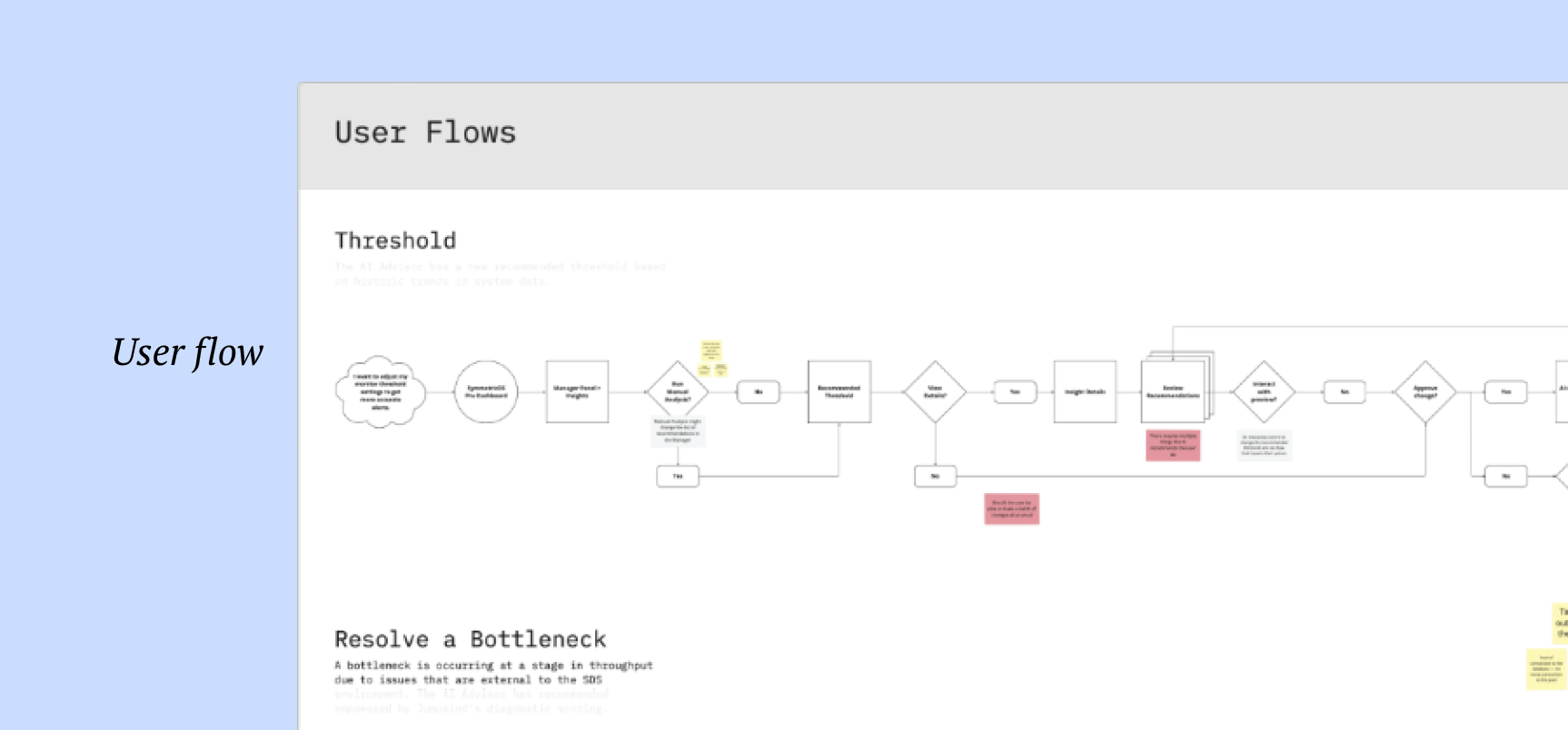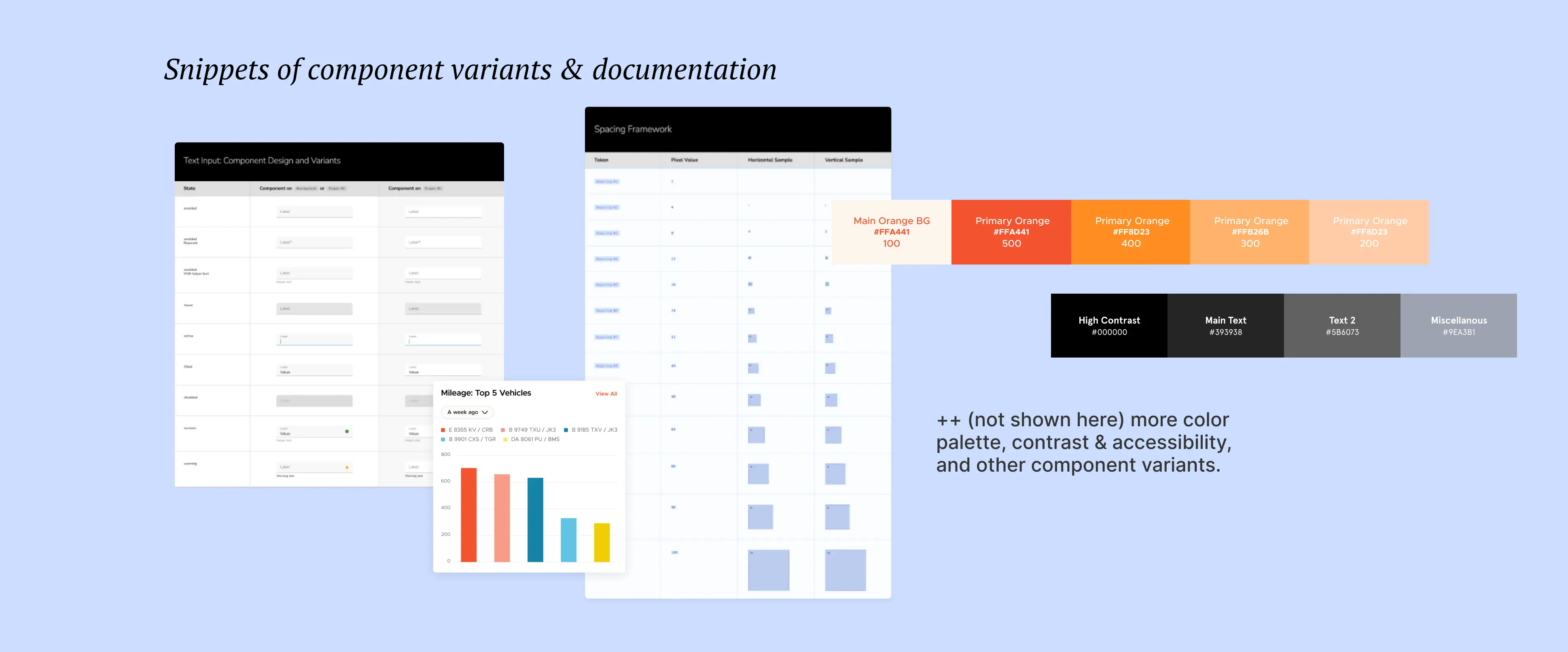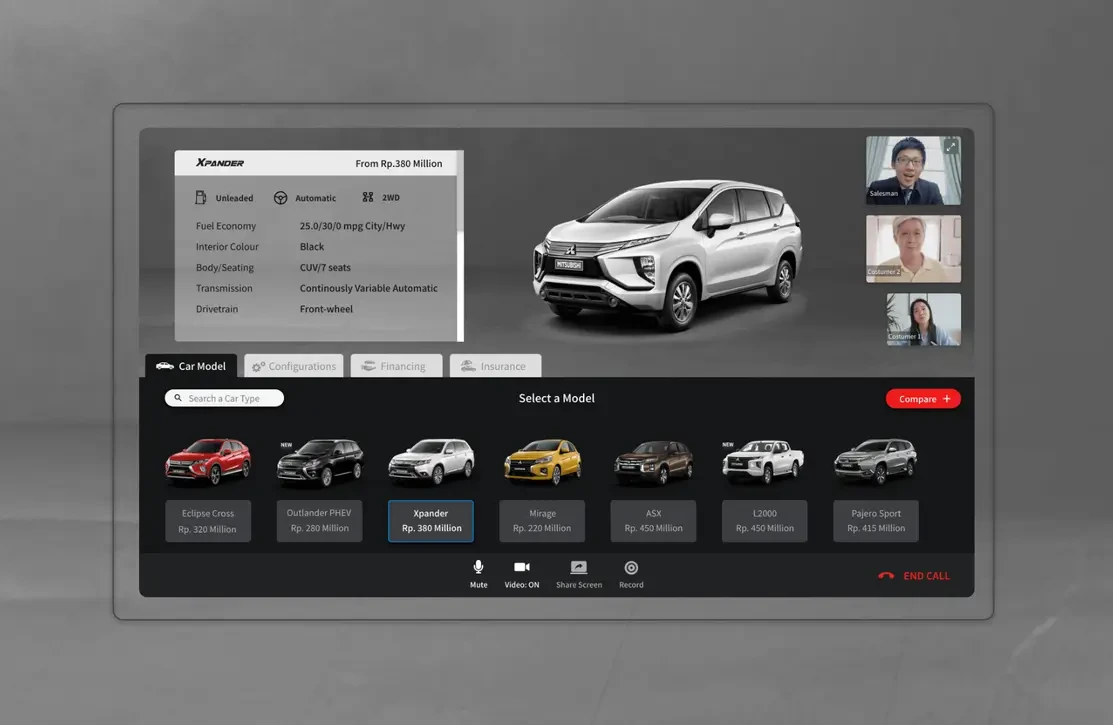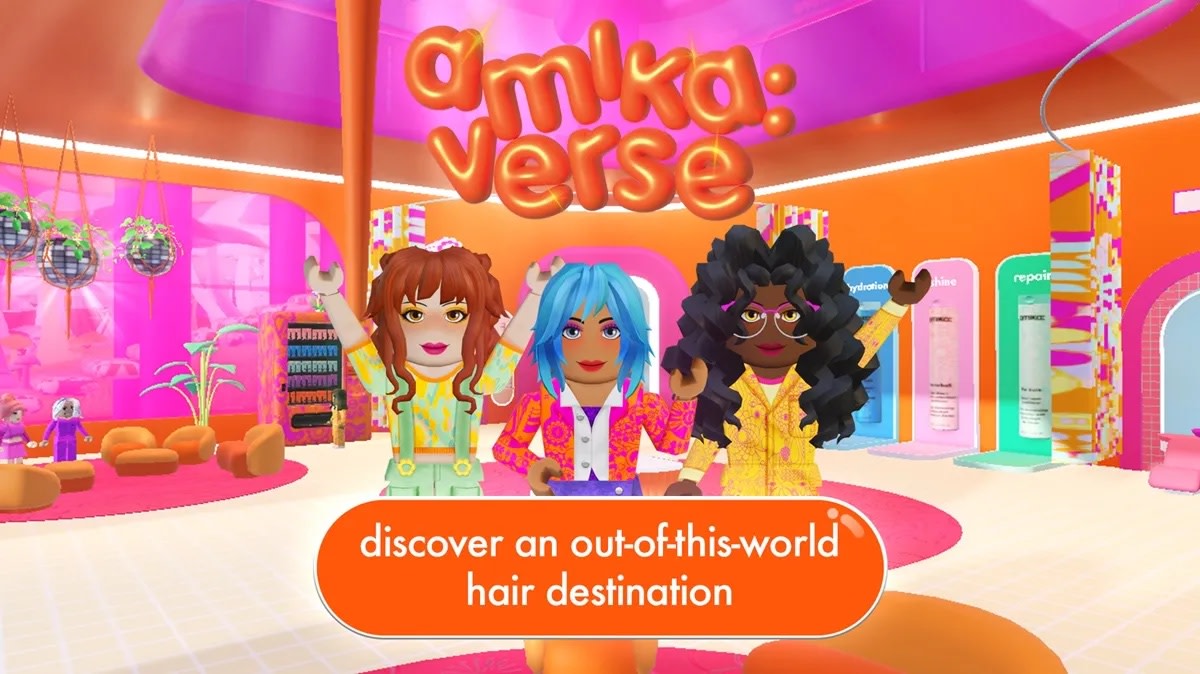Reducing Downtime and Bottlenecks with Integrated Fleet Management
Reducing Downtime and Bottlenecks with Integrated Fleet Management
The efficiency of fleet operations impacts the entire business yet, they often operates in silos. Establishing better communication channel between fleet and other departments builds trust and can improve performance by cutting out unnecessary confusion, vehicle downtown and communication bottlenecks.
Tools:
Figma, Figjam, Github
Project Type:
Product Design & Software Development
Client:
Mitsubishi Group (Fuso)
ℹ️ 📂 To honor my NDA, I'm unable to reveal the full extent of the internal processes on my website. Thank you for your understanding
ux
Activities:
Product Strategy
Feature Prioritization
A/B Testing
UI/ UX Overhaul
Design System
High Fidelity Prototype
Product Strategy
Feature Prioritization
A/B Testing
UI/ UX Overhaul
Design System
High Fidelity Prototype
✺
Collaborators:
1 IT Consultant
1 Scrum Master
2 Product Managers
2 Product Designers ✋🏻✨
6 Software Engineers
1 IT Consultant
1 Scrum Master
2 Product Managers
2 Product Designers ✋🏻✨
6 Software Engineers
⏱︎
Timeline:
16 Weeks (Agile Scrum) ofAndroid & Web-app Development
16 Weeks (Agile Scrum) ofAndroid & Web-app Development
Overview
turning fleet data into AI-powered actionable insights
Context
.webp)
Fleet management is more than a cost center; it’s a pivotal part of business strategy. In a world awash with data, fleets often struggle to manage and interpret the influx of information. With the right fleet management software (FMS) that centralizes and visualizes data, fleets can transform this challenge into actionable insights that enhance operational efficiency.
MyFuso platform/app offers a targeted solution for Mitsubishi Fuso fleet owners, dispatchers, and drivers. It automates telematics data capture, streamlining preventive maintenance, addressing vehicle issues promptly, and reducing information bottleneck.
MyFuso platform/app offers a targeted solution for Mitsubishi Fuso fleet owners, dispatchers, and drivers. It automates telematics data capture, streamlining preventive maintenance, addressing vehicle issues promptly, and reducing information bottleneck.
➡️ This platform is integral to Mitsubishi’s broader digitalization strategy, ensuring a seamless experience across sales, service, and spare CAR parts (3S).
.webp)
addressing usability and latest integrations
Project Scope
MyFuso (formerly Runner) has been operational since 2018 however, users frequently faced usability issues that hindered productivity. The initial features were also pretty minimal and lacked integration across Mitsubishi’s omnichannel sales. Therefore, our team was entrusted with three key initiatives:

Design Process
ux audit to uncover opportunities
DISCOVERY
.webp)
After a customer journey workshop to understand how users experienced the current version of MyFuso, we demoed the dashboard and identified key issues through a usability audit.
- The dashboard is informative however, not yet procative, lacking robust filtering, and actionable controls.
- The mobile app was not designed according to UX best practices instead more graphic design oriented, lacking contrast and informational hierarchy
- Inconsistent styling, labeling, and behaviors across interface elements made some interactions unpredictable. Legacy design system was non-existent.
- Critical features, both on dashboard and mobile apps, were hidden behind menus with overlapping features.
defining new features and design patterns
IDEATE

With development approaching, we quickly needed to finalize the app's visual direction. We started with three design concepts, then narrowed it down to two after client consultation, conducting A/B testing to ensure best practices.
While all design variations had to align with Fuso's existing brand identity—mainly in terms of color and font—we were allowed some creative freedom to adjust to the evolving product ethos.
While all design variations had to align with Fuso's existing brand identity—mainly in terms of color and font—we were allowed some creative freedom to adjust to the evolving product ethos.
.webp)
During the UX audit, we worked closely with stakeholders and end users to define the project’s core objectives, guiding our feature prioritization through an impact-effort matrix. The team also mapped out the information architecture and, after aligning on key features, developed user flows to address technical complexities before moving into the design phase.
the design system that streamline disparate products
ITERATE + DOCUMENT
To set the foundation for the design phase, our team always involved the developers early to outline implementation strategies, ultimately deciding on a React-based framework.
To optimize the design system, cascading design tokens were utilized for easier maintenance. We also implemented interlocking "base" and "core" components, allowing updates to cascade through all elements, speeding up design time. However, this approach did increase file sizes due to higher memory consumption.
To optimize the design system, cascading design tokens were utilized for easier maintenance. We also implemented interlocking "base" and "core" components, allowing updates to cascade through all elements, speeding up design time. However, this approach did increase file sizes due to higher memory consumption.

🤔💭 In hindsight, the design system made the handoff smooth. We organized Figma files with clear annotations, diagrams, and clear navigation, plus addingbest practices list to keep things consistent for client's future in-house designers. However, I did wonder how detail is too much detail...??
Solutions
actionable = data with predictive intelligent
ADMIN - Desktop + Mobile
While UX generally emphasized on gradual iterations (low fidelity), this is sometimes not ideal in client-based projects. We found that content-complete mockup shows for more intentional design early in the process. Unlike in-house UX team, with client-based projects, this approach had more success in getting stakeholders buy-in or alignment than low-fidelity ones.
⬇⬇ Click on hotspot below to read the breakdown
Monitor
Data hub with machine learning insights and troubleshooting.
Data hub with machine learning insights and troubleshooting.
Increased customization to empower IT admins with maximum flexibility & control.
Get Insights
AI-powered actionable solutions capable of learning from trends in data
AI-powered actionable solutions capable of learning from trends in data
omnichannel , intergrated
ADMIN - Desktop + Mobile
As mentioned in the beginning of this case study, a key strategic goal of this project is to make it easier for Fuso customers to access Mitsubishi's commitment to end-to-end service. Whether it’s booking fleet maintenance, purchasing spare parts, or exploring new products, the aim is to streamline these processes for a better customer experience.
Features below are also available on desktop, however, mobile ver is shown for easier high-level viewing:
Features below are also available on desktop, however, mobile ver is shown for easier high-level viewing:
.webp)
⬆ ⬆ Move the slider above to see before and after redesign
reward good driving habits; no more micromanaging
DRIVER - Mobile Android App
Proactive rather than reactive. While its important goal is to achieve customer satisfaction and road safety, myFuso also considers driver well-being. It isn’t about catching mistakes but about offering a comprehensive view of road conditions.
The data collected is used to reward good driving habits and route efficiency through an incentive program, which helps motivate all drivers—encouraging the best to maintain their standards and offering struggling drivers a clear path for improvement.
The data collected is used to reward good driving habits and route efficiency through an incentive program, which helps motivate all drivers—encouraging the best to maintain their standards and offering struggling drivers a clear path for improvement.
💭 While the app is available in English, MyFuso is primarily designed for product fit for various Indonesia-specific environments, conditions and requirements. Given that the majority of fleet drivers in Indonesia use Android devices, the app is primarily optimized for this platform.
.png)
Routing
The app enables all drivers to use AI-powered route planer while factoring in the unique variables and constraints of each operation – amount of ordered goods, delivery conditions, vehicles and drivers.
The app enables all drivers to use AI-powered route planer while factoring in the unique variables and constraints of each operation – amount of ordered goods, delivery conditions, vehicles and drivers.
If the route is changed manually by drivers, machine learning models learn from the modified parts and common combinations which are then used when creating a delivery plan next time
Window into Road Safety Practices
Drivers can monitor their own driving behaviors and earn scores. The higher their score, the more tokens they accumulate, which can then be added to their monthly payout.
Drivers can monitor their own driving behaviors and earn scores. The higher their score, the more tokens they accumulate, which can then be added to their monthly payout.
Reflections
😁
What went well
🧐
What could be better
🤓
Reflection for the future

.webp)

.webp)
.webp)
